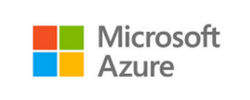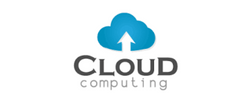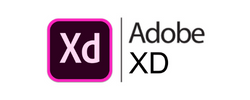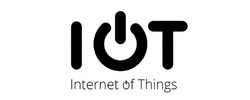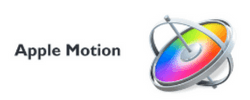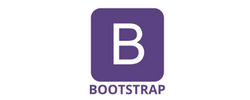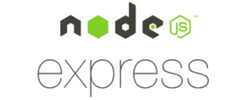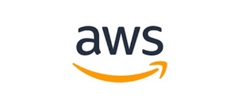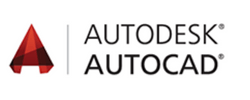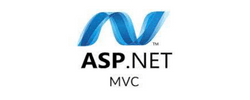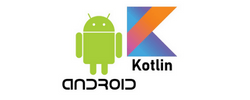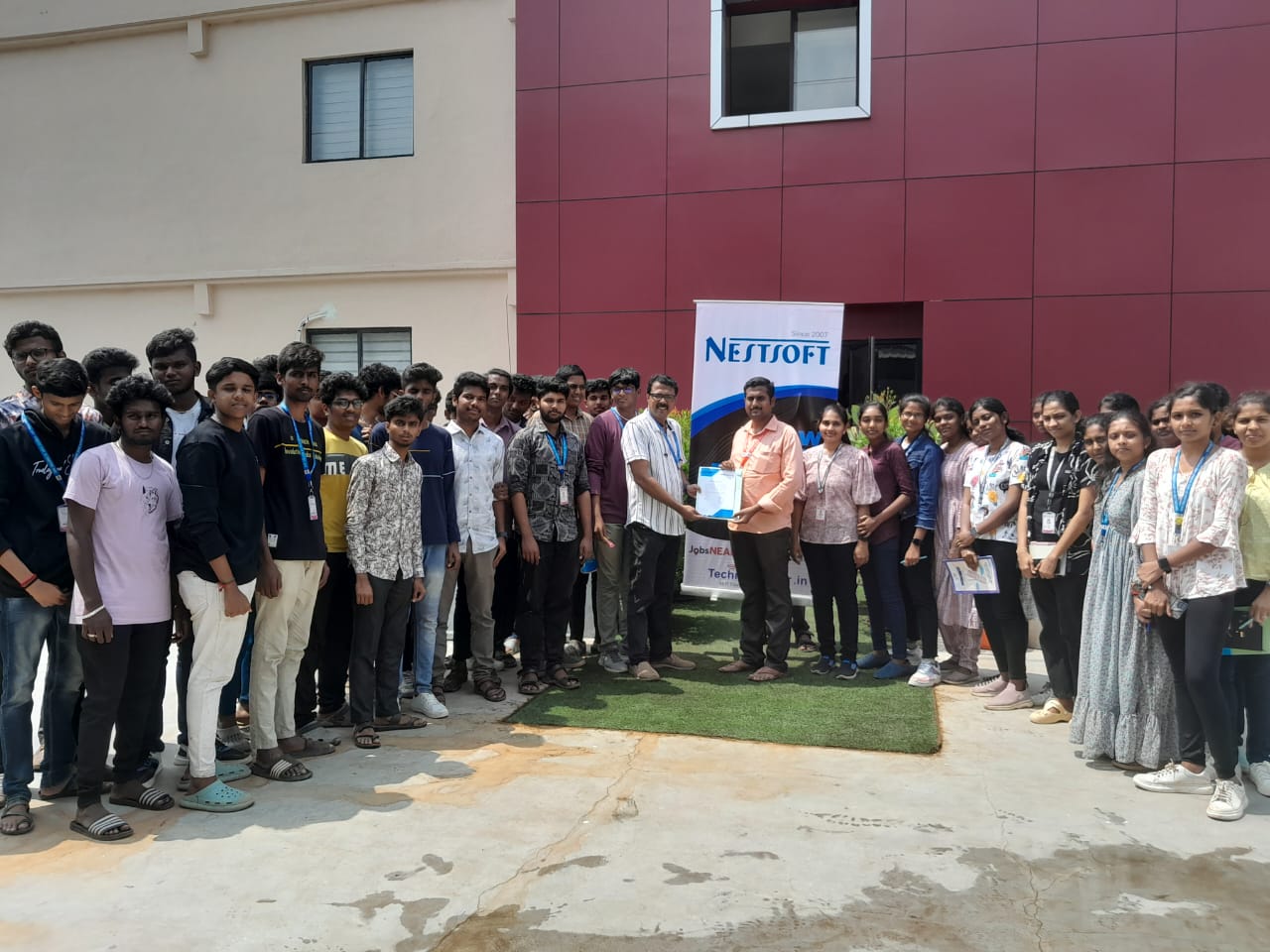iOS Training by Experts
Our Training Process

iOS - Syllabus, Fees & Duration
-
iOS Development Environment
- Introduction to iOS SDK
- What’s new in iOS9
- SDK Tools
- What’s new in Xcode7
- Using XCode
- Using Interface Builder
- Using iPhone Simulator
-
Swift Language Basics
- Core Data Types
- String Type
- Tuples & Optional
- Constants & Variables
- Statements & Operators
- Control Flow & Decisions
- Functions
-
Basic Object Oriented Programming using Swift
- Structs
- Types versus instances
- Member and static methods
- Custom initialization & De-initialization
- Classes
- Initialization
- Methods
- Properties
-
Advanced Object Oriented Programming using Swift
- Optional
- Introducing optional
- Unwrapping an optional
- Optional binding
- Nested Types
- Generic Types
- Protocol
- Optional
-
Memory Management
- Reference Counting Basics
- Automatic Reference Count
- Retain Cycles
-
iPhone Application Basics
- Anatomy of an iPhone application
- Application Lifecycle and States
-
User Interface Programming– Basics
- UI Kit Framework
- XIB and Interface Builder
- Window & View
- Basic User Controls
- Labels, Text Fields, Buttons, Sliders, Picker etc.
- Building application screens
- Alerts and Action Sheets
-
Auto-layout and Constraints
-
View Controllers
- Basics
- Creating View Controllers
- Content vs Container View Controllers
- Orientation Management
-
User Interface– Special Views
- Image View
- Scroll View
- Table Views
- Populating and configuring Table View
- Data Source and Delegate
- Table View Cells
- Custom Cells
- Editing Table View
- Collection View
-
Multiple View Controllers
- Applications with Multiple Views
- Presenting View Controllers
- Animating View Switching
-
Storyboards
- Storyboard File
- View Controller and Scene
- Segue
- Invoking a Segue
- XIB and Storyboards
- Table View Cell Prototype
-
Multi Touch and Gestures API
-
Data Persistence - 1
- File System
- SQLite
-
Data Persistence - 2
- Core Data
- NS User Defaults
-
Concurrency and Background Execution
- GCD and Closures
- NS Operation and NS Operation Queue
- Background execution
-
Networking, Connectivity
-
Multimedia
This syllabus is not final and can be customized as per needs/updates




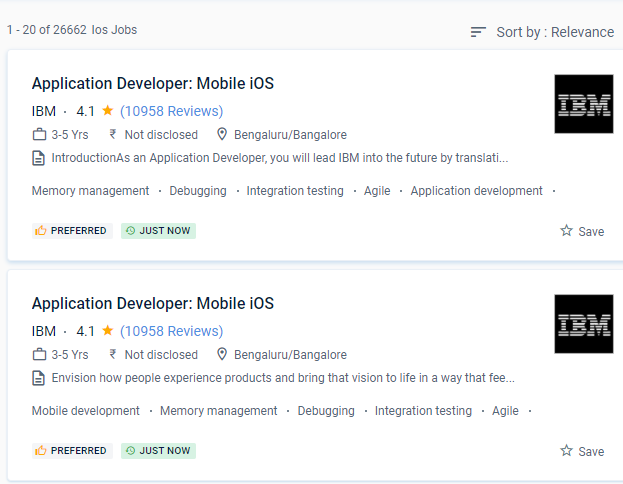
 We designed our curriculum to align with real-world requirements at all levels, from beginner to advance. Apps communicate with hardware through a set of well-defined system interfaces. The ultimate effect is that practically every piece of software on the Apple store performs flawlessly. The goal is to protect them from external security threats like malware, viruses, hacking, and other threats. You are a brilliant app developer because of your extensive expertise and constant monitoring. Before you, iOS coaching always offers a whole new door to a profession. Before you finish the course, we will provide you with real-practice time and help you design your iOS app. It offers a variety of career possibilities, including iOS Developer, iOS Developer Flutter, Mobile Security Engineer, and others. Additionally, iOS has a layered architecture.
Our instructor has over ten years of experience working in MNCs in the fields of iOS App Development and related technologies.
We designed our curriculum to align with real-world requirements at all levels, from beginner to advance. Apps communicate with hardware through a set of well-defined system interfaces. The ultimate effect is that practically every piece of software on the Apple store performs flawlessly. The goal is to protect them from external security threats like malware, viruses, hacking, and other threats. You are a brilliant app developer because of your extensive expertise and constant monitoring. Before you, iOS coaching always offers a whole new door to a profession. Before you finish the course, we will provide you with real-practice time and help you design your iOS app. It offers a variety of career possibilities, including iOS Developer, iOS Developer Flutter, Mobile Security Engineer, and others. Additionally, iOS has a layered architecture.
Our instructor has over ten years of experience working in MNCs in the fields of iOS App Development and related technologies.





